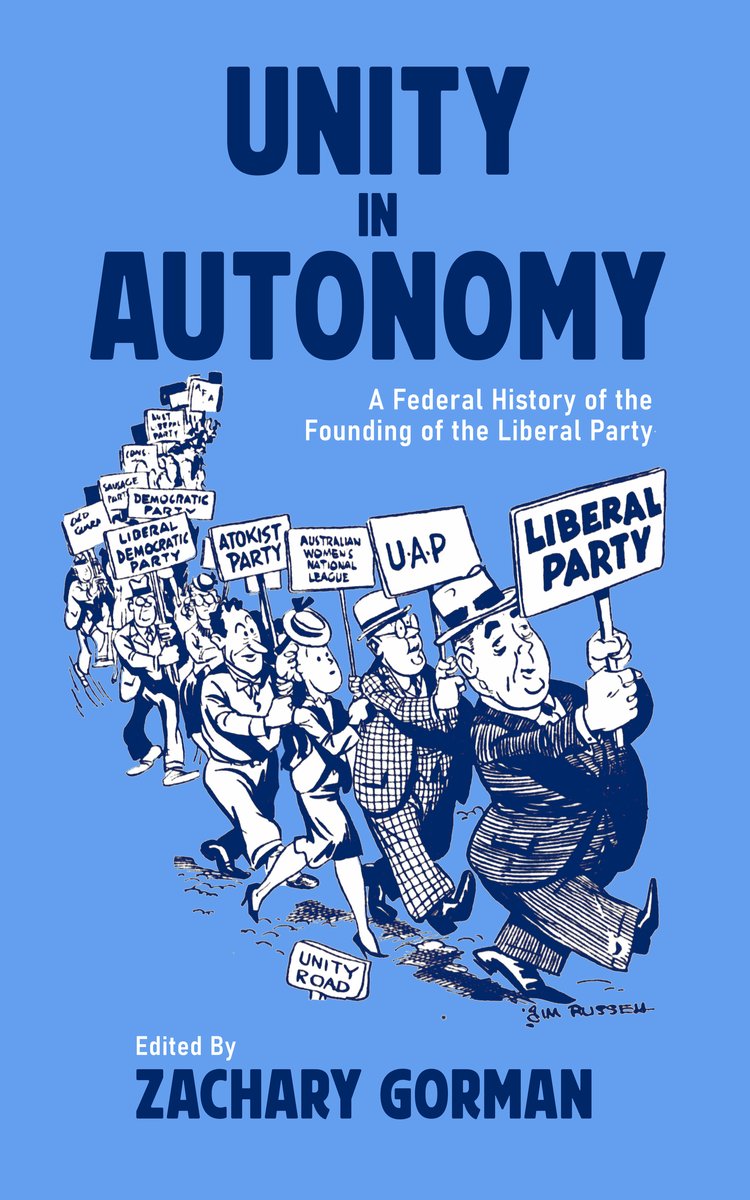Launch of ‘A Step to the Right : The Life and Times of Alexander Downer’
- 15 Dec, 2025

Radio Interview: Dr Zachary Gorman discusses 'Unity in Autonomy: A Federal History of the Founding of the Liberal Party' on Radio Northern Beaches
Sign up for our monthly newsletter to hear the latest news and receive information about upcoming events.

Sign up for our monthly newsletter to hear the latest news and receive information about upcoming events.